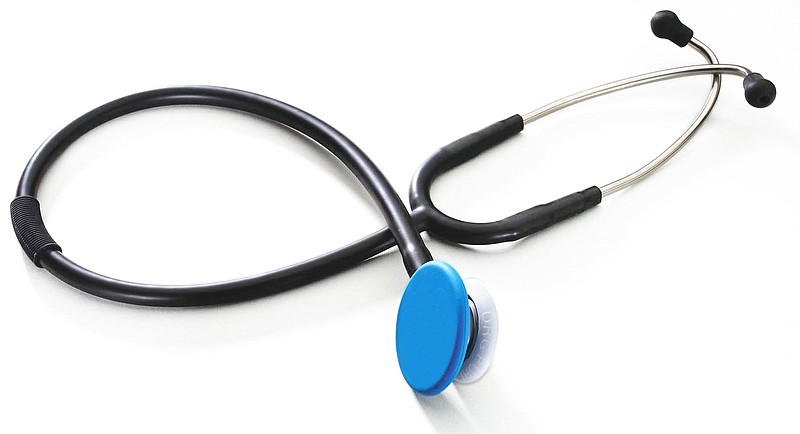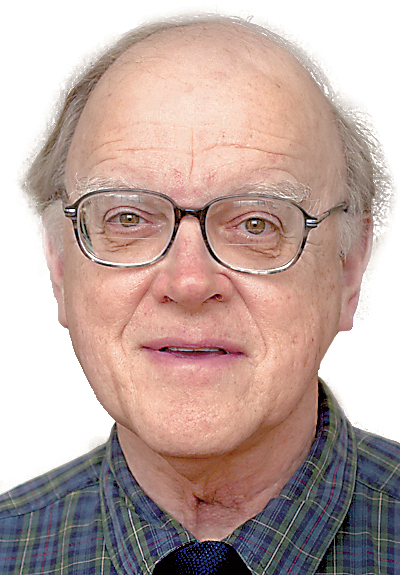For several days earlier in the month, the Chattanooga region experienced air pollution that rivaled the levels that constantly afflict Beijing and other booming cities in China and India.
Acrid smoke from brush and forest fires blanketed the area, endangering health and limiting visibility. Those of us who have lived here for decades were reminded of the dense smog that periodically fouled our air in the past. Cleaning of that once-dirty air represents a major collaborative effort of industry, federal and state regulators and environmental activists.
I first visited Chattanooga with my father in the 1940s. We stayed in the Read House. I recall soot on the window ledge and a yellow-grey haze outside.
When my family moved to this area in 1971, programs were underway that would progressively clean the air, improve the health of residents and enhance the beauty of our mountains and river. It became possible to see Chattanooga from Rock City every day. But until the 1980s, occasional short intervals of toxic haze reminded us of our recent polluted past.
The Air Pollution Control Act of 1955 was the first U.S. legislation specifically directed to improve air quality. The Clean Air Act of 1963 included measures to remove lead from gasoline, thereby significantly reducing the environmental levels of that dangerous toxin. Amendments in 1970, 1977 and 1990 increased research and monitoring of air quality. Stronger federal and state regulations addressed pollution from factories, power plants and transportation such as autos, trucks, trains and aircraft. Amendments of 1990 dealt with acid rain, ozone depletion and release of toxic materials into the atmosphere. None of these advances would have been achieved voluntarily.
In 1970, the Environmental Protection Agency was established to coordinate research, monitoring and enforcement of regulations safeguarding air and water and our working and living spaces.
The success of these measures is remarkable:
' From 1970 to 2014, levels of ozone, lead, carbon monoxide, sulfur dioxide and nitrogen dioxide have been reduced by 70 percent.
' Pollution related to automobiles, including fine particles, declined by 99 percent from 1970 to 2015.
' Concentration of fine particles, which are especially hazardous because they are inhaled deep within the lungs, is down 35 percent.
' Pollutants that cause acid rain have been reduced by 55 percent from 1991 to 2011.
In August 2015, President Obama and the EPA proposed the Clean Power Plan to reduce carbon pollution from existing and new power plants. The plan would provide states with assistance in reducing emissions from power plants with a national goal of 32 percent by 2030. The U.S. Supreme Court blocked enforcement of the measure by a 5-to-4 vote in February of this year until pending litigation in various courts is resolved.
On the international scene, after nine years of negotiation, 195 nations on Dec. 12, 2015 signed the Paris Accords to cut global greenhouse gases. Under terms of the covenant, each nation would establish its own protocols to reduce emissions. The overall goal is to limit global atmospheric warming to a maximum of 3.5 degrees Fahrenheit (2 degrees Celsius).
On this year's Earth Day, April 22, 175 of the signees formally ratified the agreement. In September, China and the U.S. agreed to the accords. The two nations produce almost 40 percent of the world's man-made carbon dioxide emissions. The Supreme Court, along with suits by multiple states, have placed U.S. participation in the Paris Accords on hold. President-elect Donald Trump has vowed to block U.S. participation and to remove restrictions on carbon emissions from power plants.
Dirty air kills people - a lot of people - and sickens many more. Global warming related to man-made air pollution damages sensitive ecosystems upon which our fragile planet depends.
How do we proceed from the crossroads at which we stand?
Contact Clif Cleaveland at ccleaveland@timesfreepress.com.

